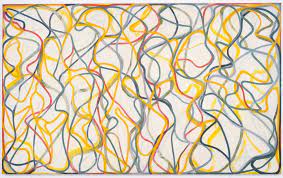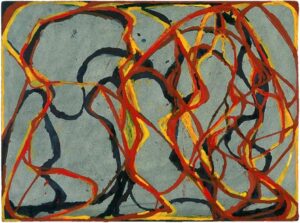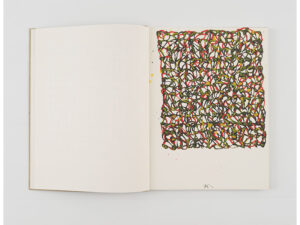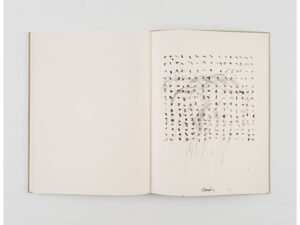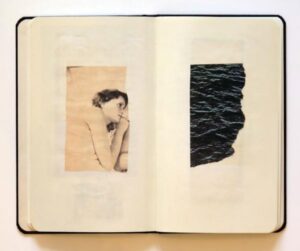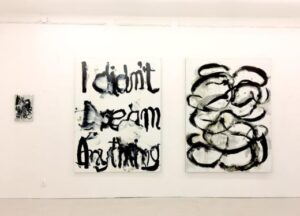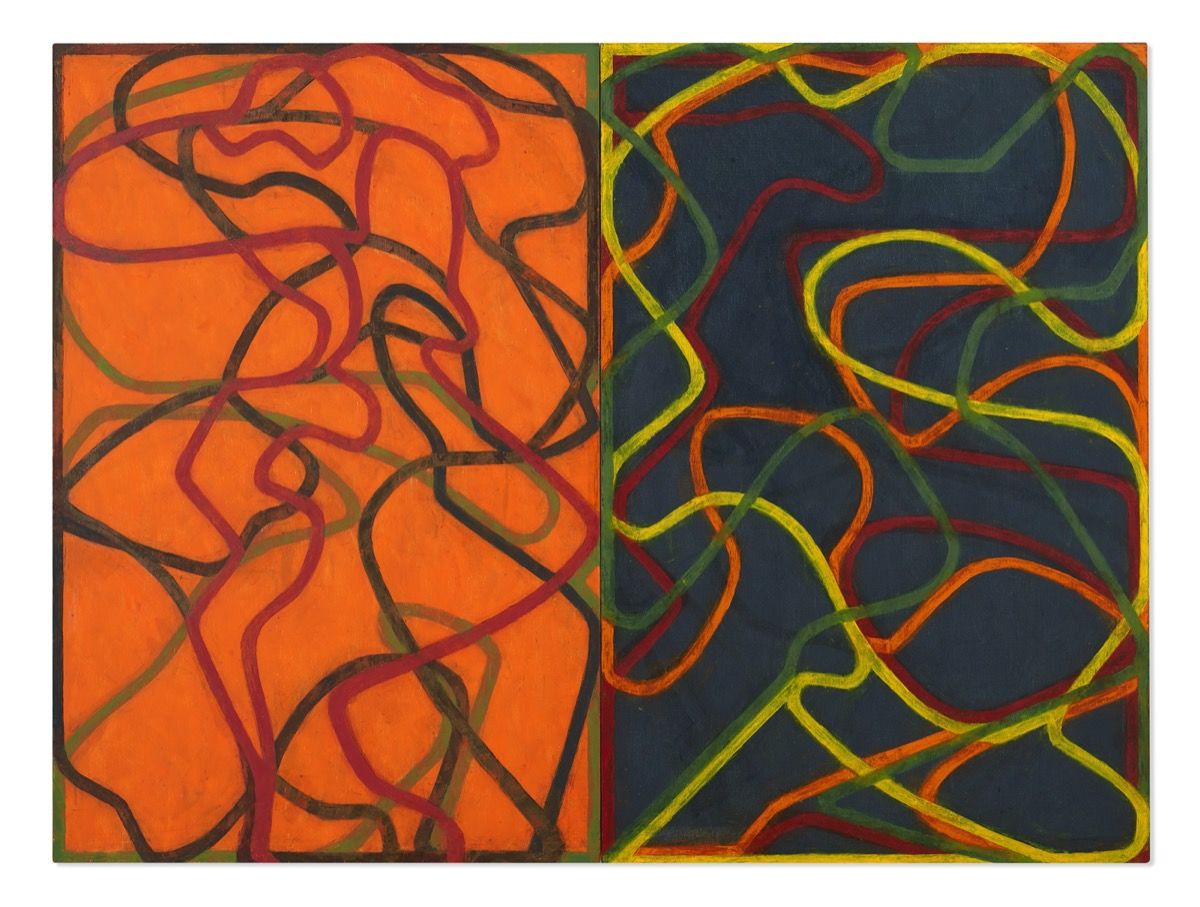
While others announced the death of painting and freeing himself from the rectangular frame, a New Yorker said, “A rectangle is a great invention of ease.” Brice Marden’s Diptych, with orange and dark blue rectangles, set a new auction record for this artist. This is an image characteristic of his late style, where flat color planes are intersected by twisted lines. The author methodically reworked these lines with a palette knife, scraping off countless layers of paint.
“When I feel that I have put everything in my power into the painting, and the canvas begins to breathe on its own, I give up. There are times when work overtakes me and becomes something new for me, something I have never seen before; this ending makes me happy! ”
Brice Marden is 83 years old today. He moved to New York as a youngster, where Jasper Johns helped him catch up as a security guard at the Jewish Museum in New York during the Johns Retrospective in 1964. The following summer, Marden traveled to Paris, where he began making drawings of compressed charcoal and graphite in ordinary sketchbooks. These early drawings are the ideas for his paintings to this day. Marden made his first monochrome single-panel painting in the winter of 1964.
In Paris, he admired the works of Alberto Giacometti and Jean Fautrier. He was influenced by such masters as Francisco de Zurbarán, Diego Velázquez and Édouard Manet. In 1966, at the suggestion of Dorothea Rockburne, Robert Rauschenberg hired Marden to work as an assistant, and it was a turning point for Marden. In the same year, he had his first solo exhibition in New York at the Bykert Gallery, where he presented the first of his classic oil and wax paintings.
